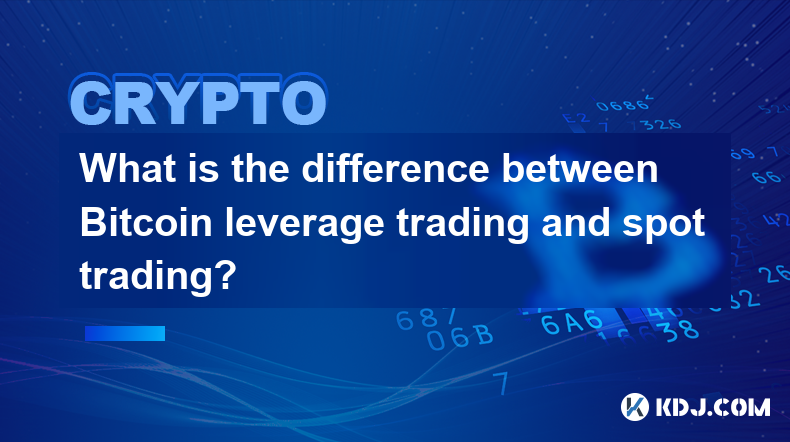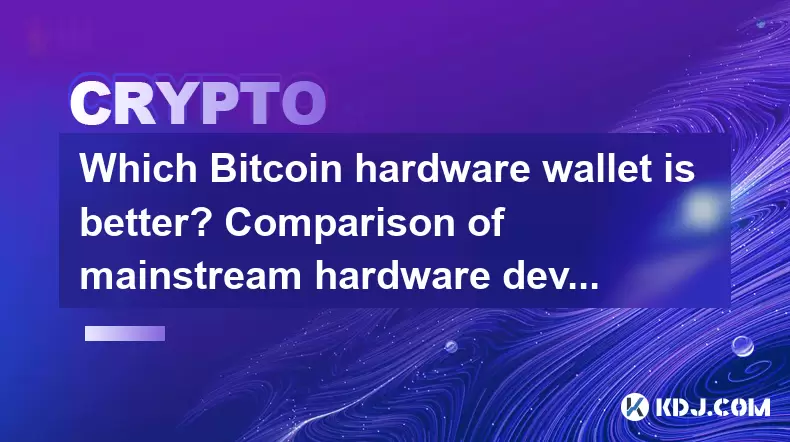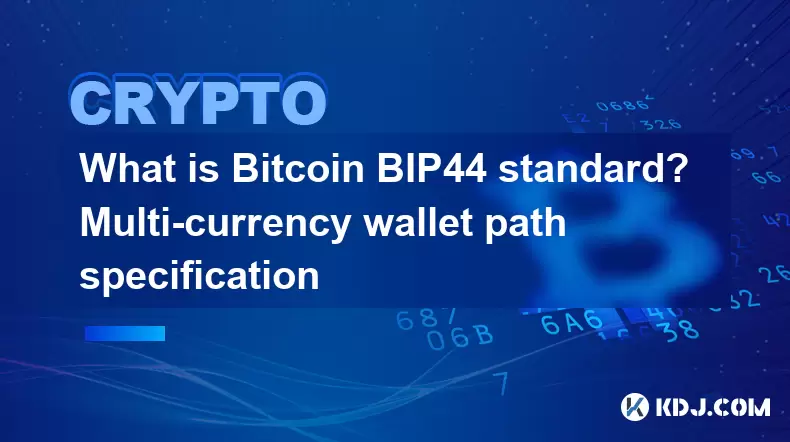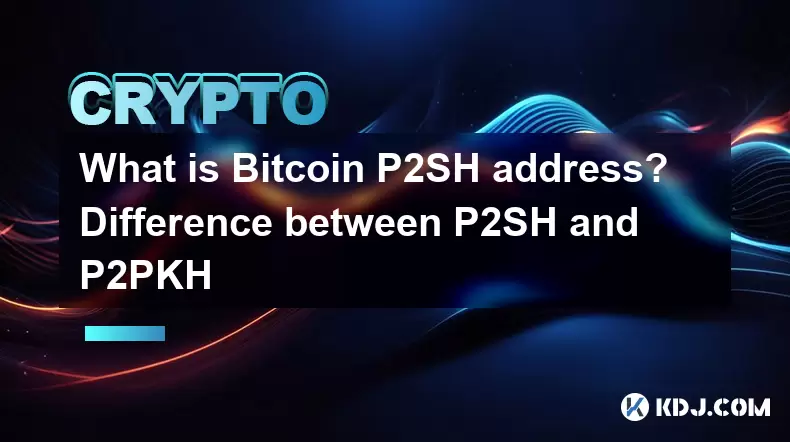-
 Bitcoin
Bitcoin $107,352.1067
0.28% -
 Ethereum
Ethereum $2,429.3531
-0.90% -
 Tether USDt
Tether USDt $1.0001
-0.02% -
 XRP
XRP $2.1894
4.62% -
 BNB
BNB $646.7968
0.36% -
 Solana
Solana $147.4290
4.03% -
 USDC
USDC $0.9998
-0.02% -
 TRON
TRON $0.2756
1.52% -
 Dogecoin
Dogecoin $0.1630
1.14% -
 Cardano
Cardano $0.5612
1.18% -
 Hyperliquid
Hyperliquid $37.0580
-0.05% -
 Bitcoin Cash
Bitcoin Cash $496.9410
-0.09% -
 Sui
Sui $2.7318
3.19% -
 Chainlink
Chainlink $13.1503
0.58% -
 UNUS SED LEO
UNUS SED LEO $9.0766
0.55% -
 Avalanche
Avalanche $17.7220
1.46% -
 Stellar
Stellar $0.2380
1.52% -
 Toncoin
Toncoin $2.8439
0.38% -
 Shiba Inu
Shiba Inu $0.0...01143
1.84% -
 Litecoin
Litecoin $85.8053
1.47% -
 Hedera
Hedera $0.1483
2.70% -
 Monero
Monero $314.3240
2.12% -
 Bitget Token
Bitget Token $4.6725
0.77% -
 Dai
Dai $1.0000
0.00% -
 Polkadot
Polkadot $3.3555
1.28% -
 Ethena USDe
Ethena USDe $1.0001
0.02% -
 Uniswap
Uniswap $7.0890
2.64% -
 Pi
Pi $0.5355
-3.40% -
 Pepe
Pepe $0.0...09393
1.06% -
 Aave
Aave $256.8136
-1.90%
What is the difference between Bitcoin leverage trading and spot trading?
Bitcoin spot trading uses your own funds for immediate purchases, limiting losses to your investment. Leverage trading, conversely, uses borrowed funds, magnifying both profits and losses; losses can exceed initial investment.
Mar 11, 2025 at 07:00 am

Key Points:
- Spot trading involves buying and selling Bitcoin at the current market price for immediate delivery. It's a direct purchase or sale.
- Leverage trading allows traders to borrow funds to amplify their potential profits (and losses) using borrowed capital. This magnifies both gains and risks significantly.
- The primary difference lies in the level of risk and potential returns. Spot trading is less risky but offers lower potential returns, while leverage trading is high-risk, high-reward.
- Leverage trading utilizes margin accounts, requiring collateral to secure the borrowed funds. Spot trading doesn't involve borrowing.
- Understanding the intricacies of both is crucial for successful cryptocurrency investment.
What is the difference between Bitcoin leverage trading and spot trading?
The cryptocurrency market offers various trading methods, with spot and leverage trading being two prominent options for Bitcoin. Understanding their differences is vital for navigating the market effectively and minimizing potential losses. Spot trading is the most straightforward approach. It involves buying Bitcoin at the current market price with your own funds and holding it or selling it immediately. There's no borrowing involved, and the profit or loss is directly tied to the price fluctuation of Bitcoin.
Leverage trading, on the other hand, introduces borrowed funds into the equation. Exchanges allow traders to borrow money to amplify their trading positions, effectively magnifying their potential profits. For instance, a 5x leverage means you can control a position five times larger than your initial investment. This magnifies your potential gains, but equally magnifies your potential losses. If the market moves against you, you could lose more than your initial investment.
The core difference between these two methods boils down to risk and reward. Spot trading is inherently less risky. Your maximum potential loss is limited to your initial investment. However, the potential for profit is also capped by your initial investment. Leverage trading presents the opposite: high potential for both substantial profits and significant losses. Your potential losses can far exceed your initial investment. This high-risk, high-reward nature makes it suitable only for experienced traders who understand the inherent risks.
Another crucial distinction is the use of margin accounts. Leverage trading necessitates a margin account, where you deposit collateral (your own funds) to secure the borrowed funds from the exchange. The amount of collateral required varies depending on the leverage ratio and the exchange's rules. If your position moves against you, and the losses deplete your collateral below a certain threshold (margin call), the exchange may automatically liquidate your position to cover the losses. This liquidation can happen rapidly and unexpectedly, resulting in substantial losses. Spot trading does not involve margin accounts or collateral requirements.
The fees associated with each method also differ. Spot trading usually involves smaller trading fees, primarily transaction fees. Leverage trading can involve higher fees, including funding fees (interest on borrowed funds), liquidation fees (fees charged when your position is liquidated), and potentially higher trading fees depending on the platform.
Finally, the trading strategies employed differ significantly. Spot trading strategies often focus on long-term price appreciation or short-term price swings, relying on fundamental analysis or technical analysis. Leverage trading strategies are often more complex and may involve short-selling, scalping (very short-term trading), or arbitrage (exploiting price differences across exchanges).
Step-by-Step Guide to Spot Trading Bitcoin:
- Choose an exchange: Select a reputable cryptocurrency exchange that supports Bitcoin trading.
- Create an account: Register and verify your identity.
- Fund your account: Deposit funds into your exchange account.
- Place a buy order: Specify the amount of Bitcoin you wish to buy at the current market price.
- Monitor your position: Track the price of Bitcoin and decide when to sell.
- Place a sell order: Sell your Bitcoin at your desired price.
Step-by-Step Guide to Leverage Trading Bitcoin:
- Choose an exchange: Select an exchange that offers leverage trading for Bitcoin.
- Open a margin account: Set up a margin account and deposit the required collateral.
- Choose your leverage: Select the desired leverage ratio (e.g., 2x, 5x, 10x).
- Place a leveraged trade: Buy or sell Bitcoin using borrowed funds.
- Monitor your position closely: Leverage amplifies both profits and losses. Pay close attention to your margin level.
- Manage your risk: Implement risk management strategies to protect against significant losses.
Frequently Asked Questions:
Q: Is leverage trading more profitable than spot trading?
A: Leverage trading can be more profitable, but it also carries significantly higher risk. While it amplifies profits, it also amplifies losses, potentially exceeding your initial investment. Spot trading offers lower potential returns but significantly lower risk.
Q: What are the risks of leverage trading Bitcoin?
A: The primary risk is liquidation. If the market moves against your position, your losses can quickly deplete your collateral, leading to the automatic liquidation of your position. This can result in significant losses beyond your initial investment. Additionally, funding fees (interest on borrowed funds) can eat into profits.
Q: How do I choose the right leverage ratio?
A: Choosing the right leverage ratio depends on your risk tolerance and trading experience. Higher leverage amplifies both potential profits and losses. Beginners should start with lower leverage ratios and gradually increase them as they gain experience and confidence.
Q: Can I lose more money than I invested in leverage trading?
A: Yes, you can lose more money than your initial investment in leverage trading. This is because you're borrowing funds, and if the market moves against you, your losses can exceed your collateral.
Q: What is a margin call?
A: A margin call is a notification from your exchange that your collateral is insufficient to cover your leveraged position's losses. If you don't add more collateral, the exchange will likely liquidate your position to cover its losses.
Q: Are there any regulatory considerations for leverage trading Bitcoin?
A: The regulatory landscape for cryptocurrency leverage trading varies significantly by jurisdiction. It's crucial to understand the regulations in your region before engaging in leverage trading. Many jurisdictions lack comprehensive regulatory frameworks for this type of trading, resulting in higher risk.
Disclaimer:info@kdj.com
The information provided is not trading advice. kdj.com does not assume any responsibility for any investments made based on the information provided in this article. Cryptocurrencies are highly volatile and it is highly recommended that you invest with caution after thorough research!
If you believe that the content used on this website infringes your copyright, please contact us immediately (info@kdj.com) and we will delete it promptly.
- RUVI Token Soars: Can It Eclipse Cardano's Forecast?
- 2025-06-29 02:30:12
- Meme Coin Mania: Can Little Pepe Outshine Shiba Inu and Dogecoin?
- 2025-06-29 02:30:12
- XRP Tokens: Navigating Financial Status and the Art of Buying In
- 2025-06-29 02:50:12
- Shiba Inu, Trump Coin, and the Crypto Bull Run: What's the Deal?
- 2025-06-29 03:50:12
- Coinbase on the 2025 List of Influential Companies: A Crypto Powerhouse?
- 2025-06-29 04:10:12
- Solana, Shiba Inu, and Pepe Coin: What's Hot and What's Not in the Crypto World
- 2025-06-29 03:55:13
Related knowledge

Which Bitcoin hardware wallet is better? Comparison of mainstream hardware devices
Jun 16,2025 at 02:08am
What Is a Bitcoin Hardware Wallet?A Bitcoin hardware wallet is a physical device designed to securely store the private keys associated with your cryptocurrency holdings. Unlike software wallets, which are more vulnerable to online threats, hardware wallets keep private keys offline, significantly reducing the risk of unauthorized access. These devices ...

What are Bitcoin non-custodial wallets? Self-controlled private key recommendation
Jun 16,2025 at 11:29pm
Understanding Bitcoin Non-Custodial WalletsA Bitcoin non-custodial wallet is a type of digital wallet where users retain full control over their private keys. Unlike custodial wallets, which are managed by third-party services such as exchanges, non-custodial wallets ensure that only the user can access and manage their funds. This means no intermediary...

What is Bitcoin BIP44 standard? Multi-currency wallet path specification
Jun 15,2025 at 04:08pm
Understanding the BIP44 Standard in Bitcoin and CryptocurrencyThe BIP44 standard, which stands for Bitcoin Improvement Proposal 44, is a widely adopted hierarchical deterministic wallet structure used across various cryptocurrencies. It defines a structured path format that enables wallets to support multiple currencies while maintaining consistency and...

What is Bitcoin HD wallet? Advantages of layered deterministic wallets
Jun 16,2025 at 03:56pm
Understanding Bitcoin HD WalletsA Bitcoin HD wallet, or Hierarchical Deterministic wallet, is a type of cryptocurrency wallet that generates multiple keys and addresses from a single seed phrase. Unlike traditional wallets that create random private keys for each transaction, an HD wallet follows a structured hierarchy to derive keys in a deterministic ...

Is Bitcoin zero-confirmation transaction risky? Zero-confirmation usage scenarios
Jun 15,2025 at 03:57am
Understanding Zero-Confirmation Transactions in BitcoinBitcoin zero-confirmation transactions, often referred to as 'unconfirmed transactions,' are those that have been broadcast to the network but have not yet been included in a block. This means they have not received any confirmations from miners. While these transactions can be useful in certain con...

What is Bitcoin P2SH address? Difference between P2SH and P2PKH
Jun 16,2025 at 09:49pm
Understanding Bitcoin P2SH AddressesA Pay-to-Script-Hash (P2SH) address in the Bitcoin network is a type of address that allows users to send funds to a script hash rather than directly to a public key hash, as seen in earlier address formats. This innovation was introduced through BIP 16, enhancing flexibility and enabling more complex transaction type...

Which Bitcoin hardware wallet is better? Comparison of mainstream hardware devices
Jun 16,2025 at 02:08am
What Is a Bitcoin Hardware Wallet?A Bitcoin hardware wallet is a physical device designed to securely store the private keys associated with your cryptocurrency holdings. Unlike software wallets, which are more vulnerable to online threats, hardware wallets keep private keys offline, significantly reducing the risk of unauthorized access. These devices ...

What are Bitcoin non-custodial wallets? Self-controlled private key recommendation
Jun 16,2025 at 11:29pm
Understanding Bitcoin Non-Custodial WalletsA Bitcoin non-custodial wallet is a type of digital wallet where users retain full control over their private keys. Unlike custodial wallets, which are managed by third-party services such as exchanges, non-custodial wallets ensure that only the user can access and manage their funds. This means no intermediary...

What is Bitcoin BIP44 standard? Multi-currency wallet path specification
Jun 15,2025 at 04:08pm
Understanding the BIP44 Standard in Bitcoin and CryptocurrencyThe BIP44 standard, which stands for Bitcoin Improvement Proposal 44, is a widely adopted hierarchical deterministic wallet structure used across various cryptocurrencies. It defines a structured path format that enables wallets to support multiple currencies while maintaining consistency and...

What is Bitcoin HD wallet? Advantages of layered deterministic wallets
Jun 16,2025 at 03:56pm
Understanding Bitcoin HD WalletsA Bitcoin HD wallet, or Hierarchical Deterministic wallet, is a type of cryptocurrency wallet that generates multiple keys and addresses from a single seed phrase. Unlike traditional wallets that create random private keys for each transaction, an HD wallet follows a structured hierarchy to derive keys in a deterministic ...

Is Bitcoin zero-confirmation transaction risky? Zero-confirmation usage scenarios
Jun 15,2025 at 03:57am
Understanding Zero-Confirmation Transactions in BitcoinBitcoin zero-confirmation transactions, often referred to as 'unconfirmed transactions,' are those that have been broadcast to the network but have not yet been included in a block. This means they have not received any confirmations from miners. While these transactions can be useful in certain con...

What is Bitcoin P2SH address? Difference between P2SH and P2PKH
Jun 16,2025 at 09:49pm
Understanding Bitcoin P2SH AddressesA Pay-to-Script-Hash (P2SH) address in the Bitcoin network is a type of address that allows users to send funds to a script hash rather than directly to a public key hash, as seen in earlier address formats. This innovation was introduced through BIP 16, enhancing flexibility and enabling more complex transaction type...
See all articles

























































































